DA-38 - GIS&T and Retail Business
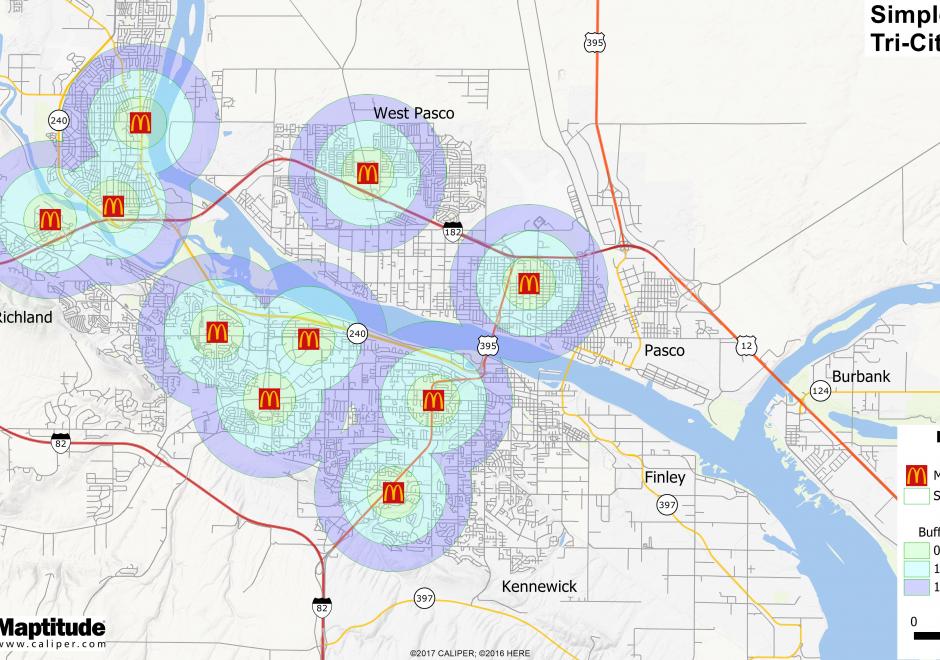
Where should a retail business occur or locate within a region? What would that trade area look like? Should a retail expansion occur and how would that affect sales of other nearby existing locations? Would a new retail location have the right demographic or socio-economic customer base to be profitable? These are important questions for retailers to consider. Within the evolving landscape of GIS, there is more geospatial data than ever before about the potential customer. In retail, the application of maps and mapping technology is growing to include commercial real estate, logistics, and marketing to name a few. There has been an increased momentum across commercial applications for geospatial technologies delivered in an easy to comprehend format for a variety of end users.

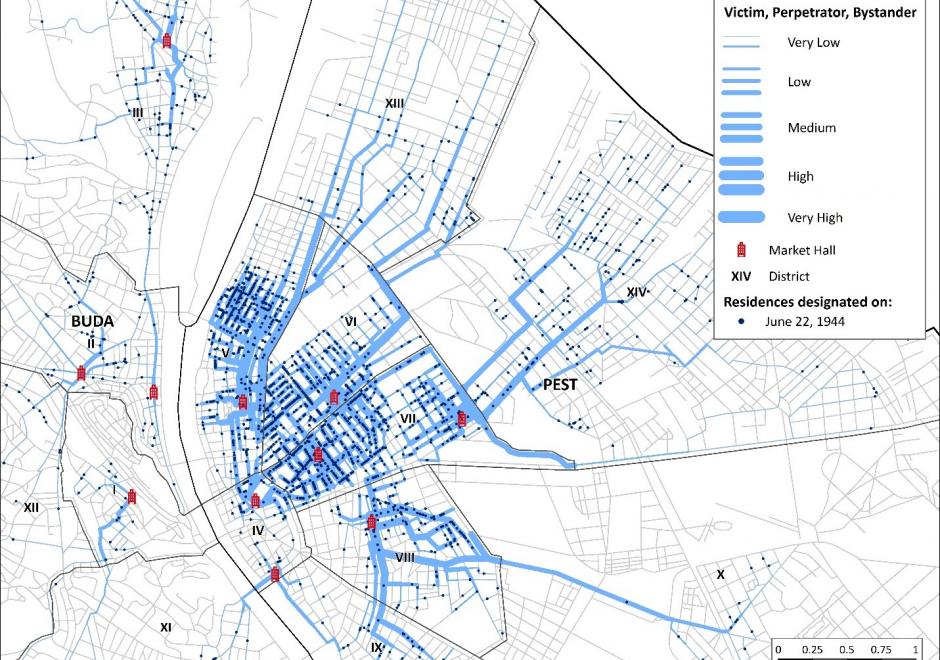
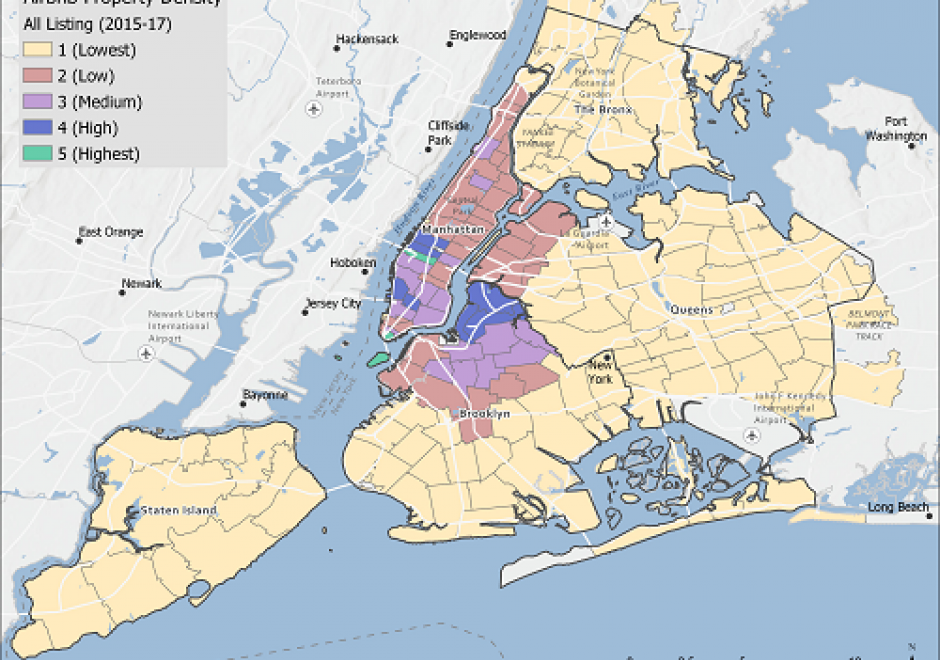
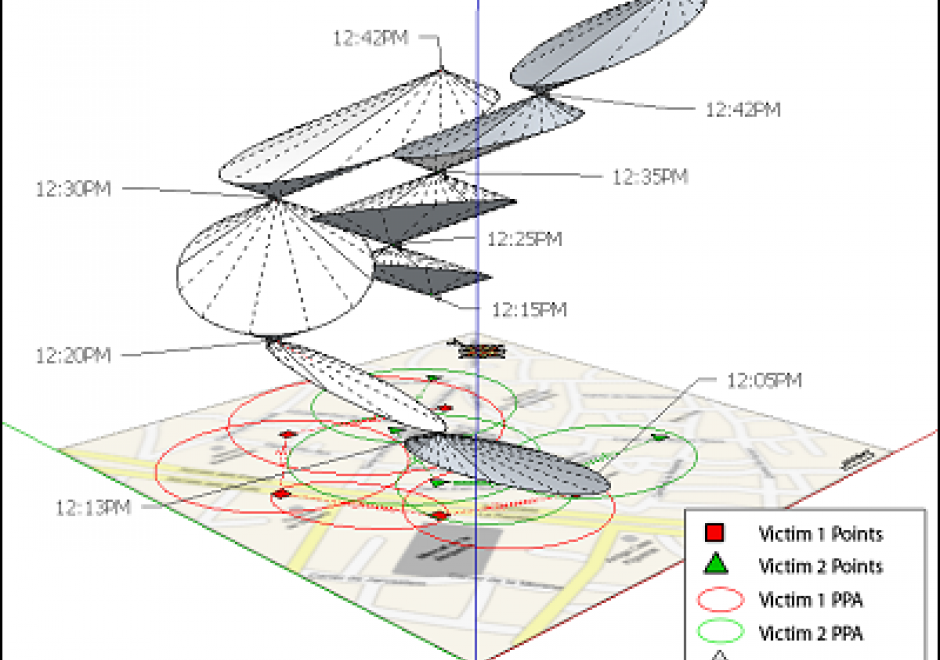
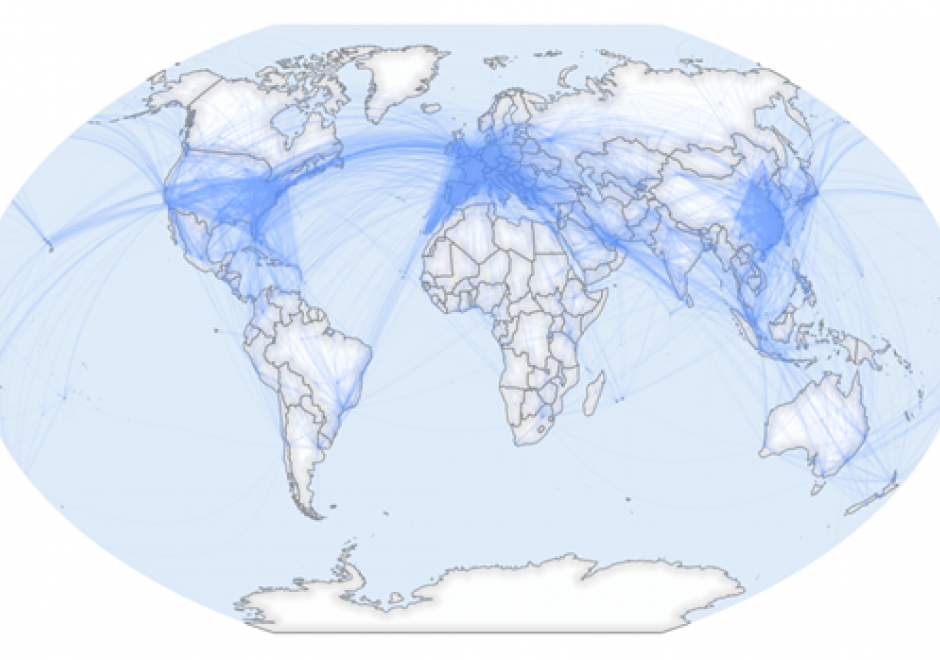
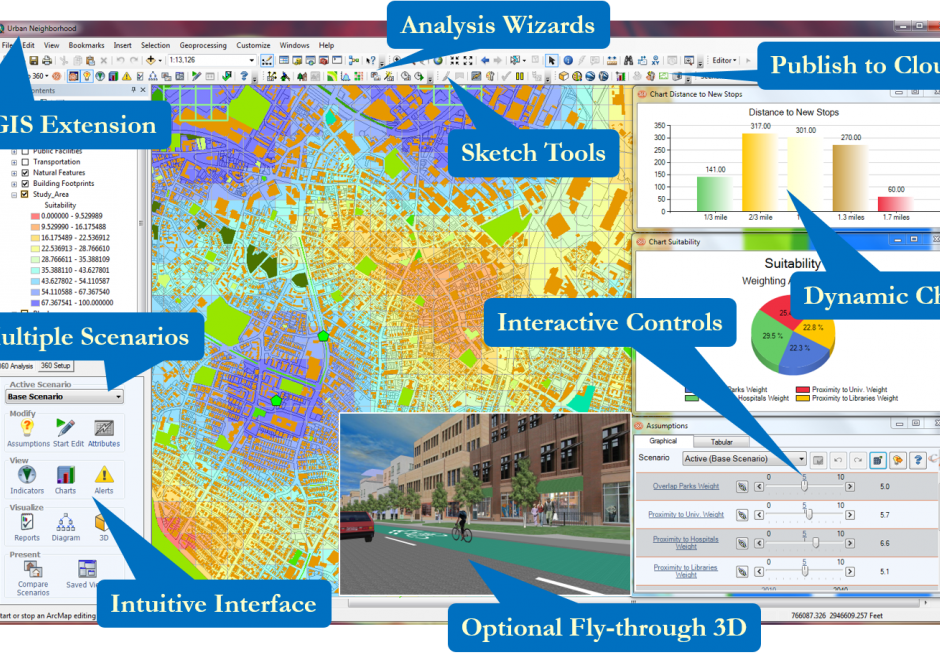
DA-39 - GIS&T and Recreation Planning and Management
Human interactions with each other and the environment are intrinsically connected to the opportunities and limitations of where we live and where we are able to go. The connections between places of origin, destinations, and travel routes mean that recreation and tourism inherently rely on spatial concepts of place and human-environment interactions. Tourism and recreation are major economic drivers, yet these sectors are constantly evolving as people embrace different ways to travel and recreate and environmental and socio-economic conditions change. Advances in GIS technology and computing ability are shaping the questions asked and tools used by researchers to understand the drivers and impacts of recreation. In this entry, we highlight current research and approaches used to characterize access to green spaces in urban areas, to understand recreational behaviors and tourist preferences through social media, to map landscape aesthetics and cultural ecosystem services, and to quantify the impacts of tourism and recreation on protected areas. Starting with urban areas and local extents and moving to protected areas and regional processes, we summarize scholarship focused on different types of places and occurring across different extents and scales to provide a digest of current research.